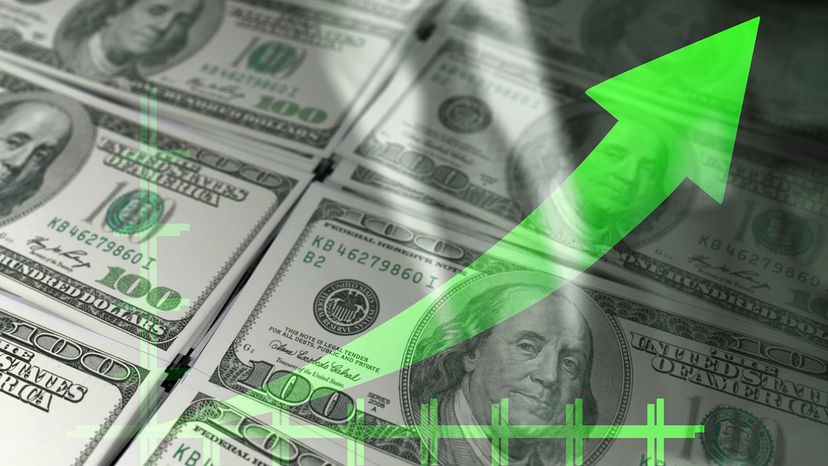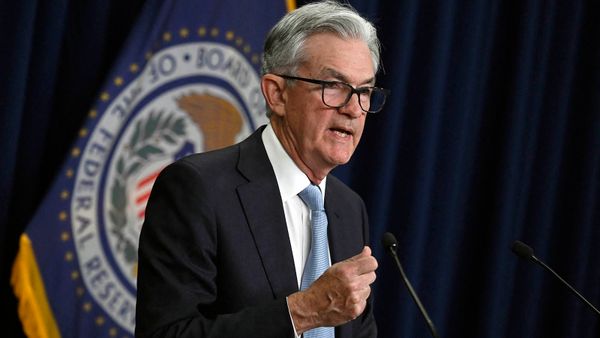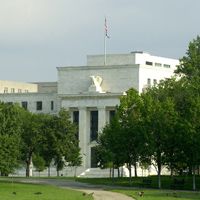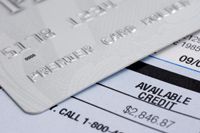
Interest rates are back in the news again as the Federal Reserve (the Fed) raised interest rates to combat runaway inflation, and is expected to raise them again in the coming months. But what does that mean for mortgage interest rates or credit card interest rates? And will the Fed's higher rates really be able to rein in inflation, or will it send the economy into a recession?
Before we dive into those important questions, let's step back and explain why we have interest rates in the first place. Interest is the price of living in a world that relies heavily on credit and debt. If interest rates didn't exist, lenders would have no reason to let you borrow money. And if you couldn't borrow money, you could never pay for college, buy a house or a car, or enjoy many of the other advantages of life with credit, like ordering movies and books online with a credit card.
Advertisement
In this article, we'll help you understand why interest rates exist, how they're calculated and why they change over time. We'll also explain what the Federal Reserve is, what it has to do with interest rates and why the chair of the Federal Reserve is the most closely watched economist in the world.
Let's start with a basic introduction to interest rates.


